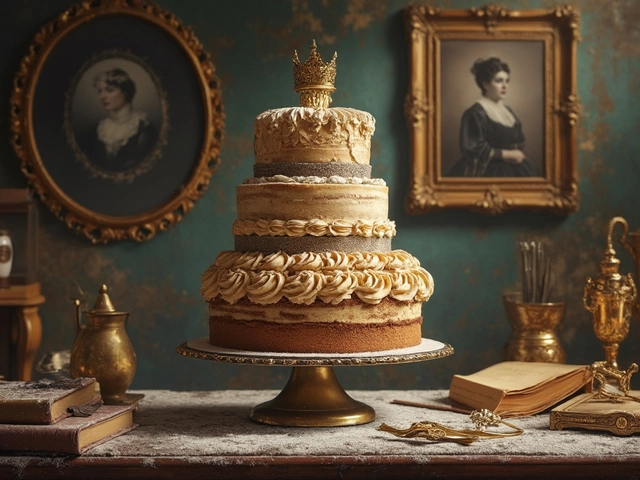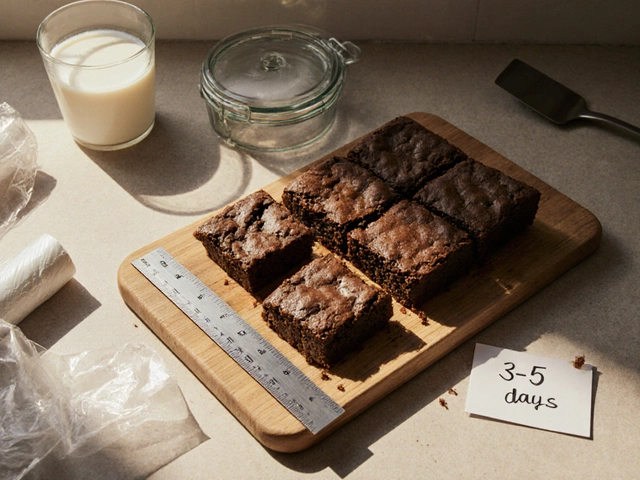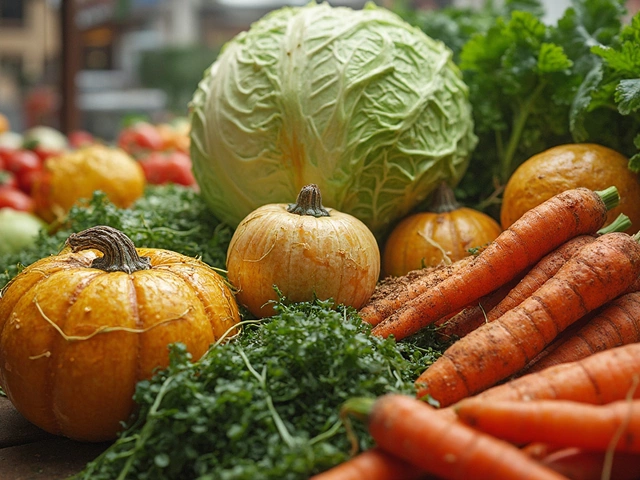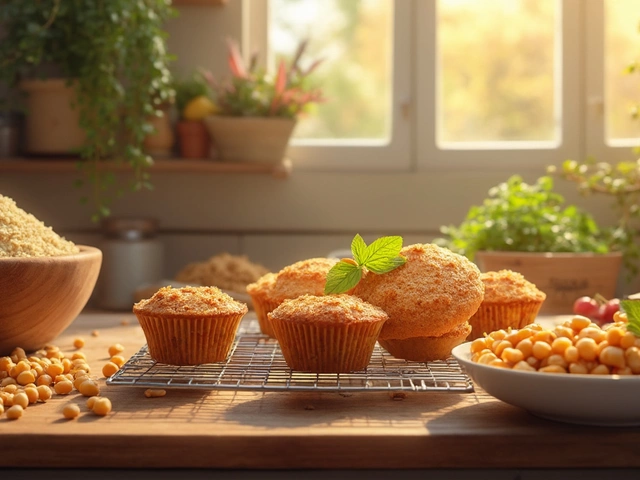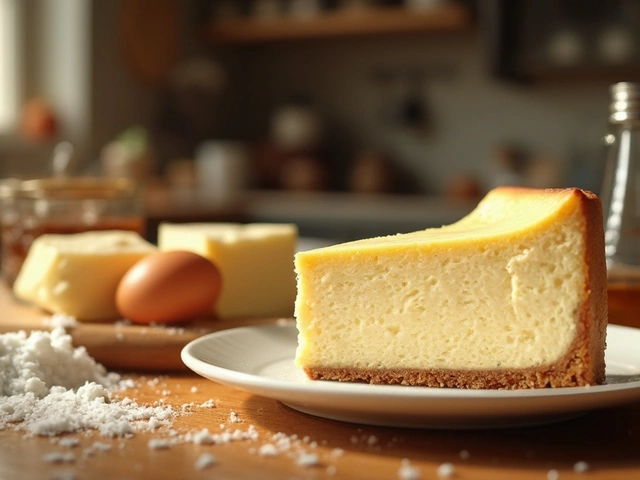Cornflour: Your Go‑To Thickener and Gluten‑Free Flour
Ever wondered why recipes keep asking for cornflour? It’s a cheap, flavor‑neutral powder that can turn a watery sauce into a silky glaze in seconds. The trick is to use it the right way, otherwise you end up with lumps or a weird texture. Below you’ll find simple steps that work for soups, desserts, and baked goods alike.
How to Use Cornflour in Cooking
The first rule is: never dump dry cornflour straight into a hot liquid. Mix it with a little cold water or milk first – this slurry stops the powder from clumping. For a cup of sauce, start with 1 tablespoon of cornflour and 2 tablespoons of cold liquid. Stir until smooth, then slowly pour into your simmering sauce while whisking.
Heat is your friend but also your enemy. Once the mixture reaches a gentle boil, you’ll see it thicken instantly. Keep the heat on low for another minute to cook out the raw taste. If the sauce gets too thick, add a splash of broth or water and whisk again.
When it comes to desserts, cornflour works wonders in puddings and custards. Replace part of the flour in a cake recipe with cornflour to get a lighter crumb – aim for about ¼ of the total dry flour. Just remember that cornflour gives a slightly softer texture, so it’s perfect for sponge cakes but not for chewy cookies.
Cornflour Substitutes and Storage Tips
Don’t have cornflour on hand? No problem. All‑purpose flour can do the job, but you’ll need twice the amount because it’s less potent. Potato starch or arrowroot powder are also great low‑fat options; they give a clear, glossy finish which is ideal for fruit glazes.
Keep your cornflour in an airtight container away from moisture. A cool pantry shelf works fine, and the powder stays good for up to a year. If you notice clumps, give the container a gentle shake or tap it on the counter – moisture is the usual culprit.
One quick tip for gluten‑free bakers: combine cornflour with rice flour and a pinch of xanthan gum for a more balanced flour blend. This mix mimics the structure of wheat flour, helping breads rise better and stay tender.
Now you’ve got the basics down, you can experiment without fear. Thicken a gravy, smooth out a chocolate mousse, or lighten a birthday cake – cornflour makes it easy. Grab a box, whisk up a slurry, and watch the magic happen.
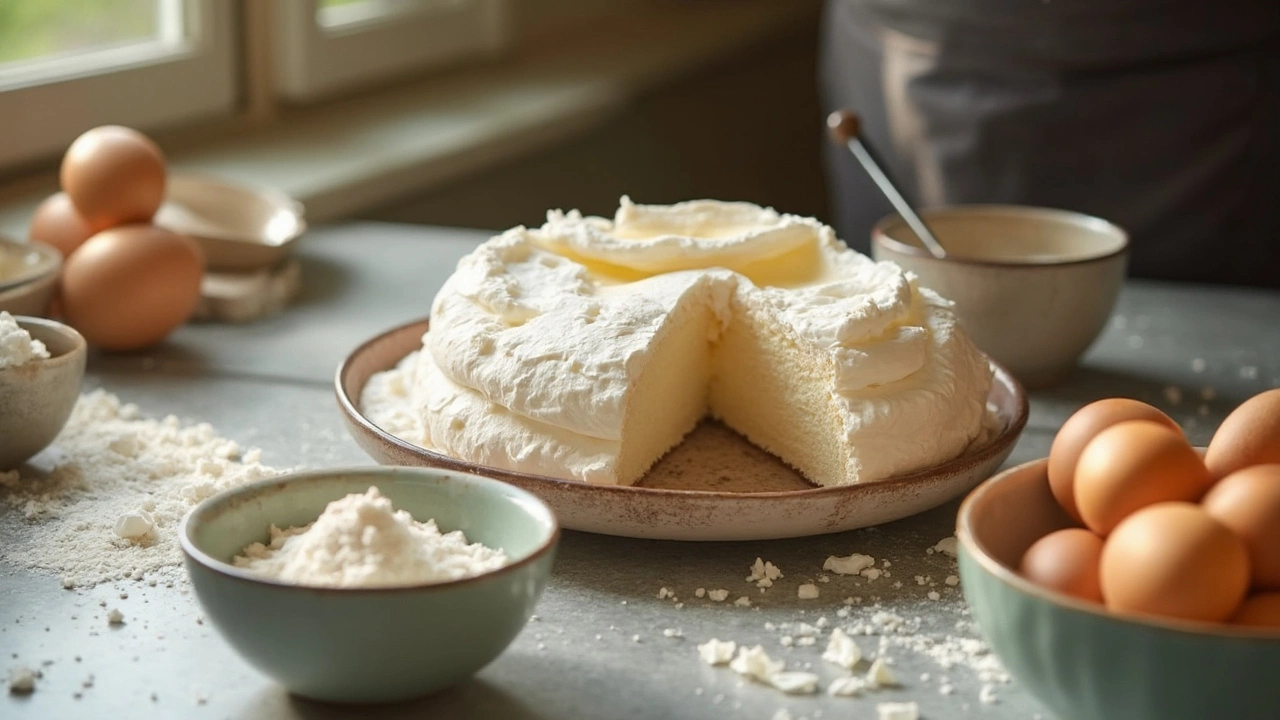
Cornflour and Vinegar in Pavlova: Why They Matter
Ever wondered why pavlova recipes nearly always call for cornflour and vinegar? These two pantry staples are the secret to that perfect marshmallowy center and crackly crust we all crave. If you've ever ended up with a weepy, rubbery, or flat pavlova, small ingredient tweaks, like adding cornflour or vinegar, might be just what you need. Understanding their roles helps you troubleshoot common meringue fails. Here's the real reason you shouldn't skip them.
View More
